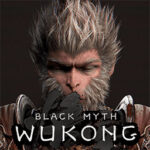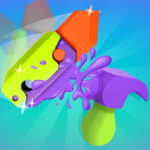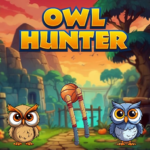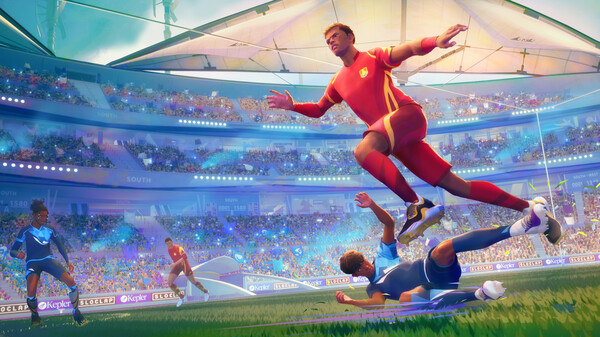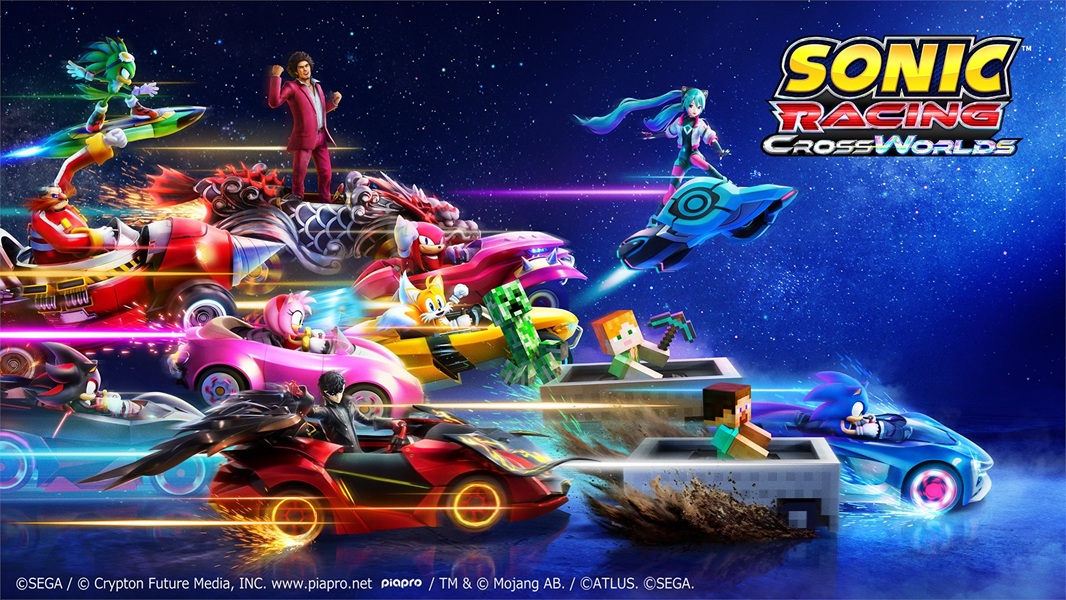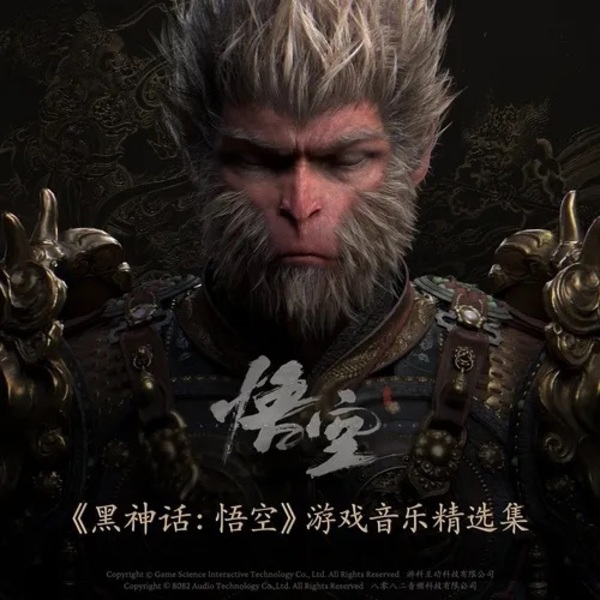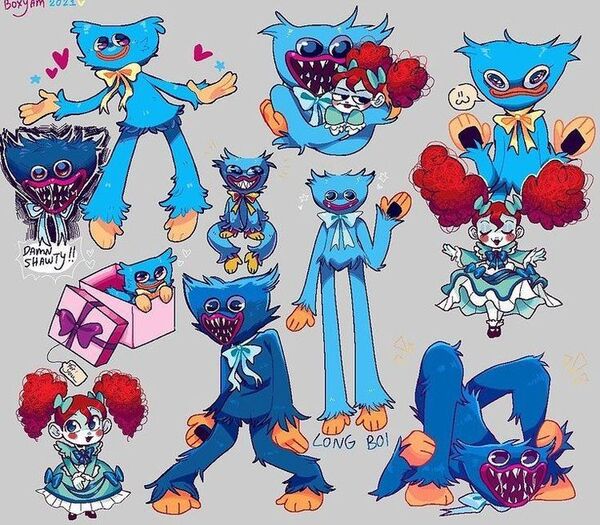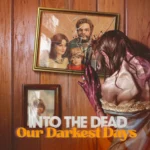Fortnite, developed by Epic Games, burst onto the gaming scene in 2017 and rapidly transformed from a curious blend of building and shooting into a global cultural phenomenon. What began as an ambitious "Save the World" cooperative survival game soon saw its Battle Royale mode skyrocket to unprecedented popularity, redefining the landscape of competitive multiplayer gaming and free-to-play models. More than just a game, Fortnite has become a living, breathing entertainment platform, a digital town square where millions converge daily, not just to compete, but to socialize, experience live concerts, and immerse themselves in a continuously evolving narrative. Its ability to innovate, collaborate, and adapt has cemented its place as one of the most influential titles of the modern era, continually surprising its massive player base with fresh content and groundbreaking crossovers.
The Genesis: From Survival to Battle Royale Dominance
Fortnite's journey began with "Save the World," a PvE (player-versus-environment) experience where players teamed up to build forts and defend against zombie-like creatures called Husks. While promising, it was the unexpected pivot to the Battle Royale genre that truly ignited its meteoric rise. In a landscape increasingly dominated by titles like
PlayerUnknown's Battlegrounds, Epic Games swiftly developed its own take on the last-player-standing formula, releasing
Fortnite Battle Royale as a free-to-play standalone mode in September 2017. This strategic move, coupled with its vibrant, cartoonish art style and unique building mechanics, immediately set it apart. The accessibility of a free game combined with a fresh gameplay loop quickly attracted millions, laying the groundwork for the cultural juggernaut it would become.
The "Save the World" mode, while still available for purchase, took a backseat as the Battle Royale mode soared. Its development history, originally an internal game jam project by Epic Games, saw shifts from Unreal Engine 3 to Unreal Engine 4 and a change in art style from dark to a more appealing, vibrant aesthetic. This foundation, unexpectedly adaptable, allowed for the rapid creation of Battle Royale, proving to be a stroke of genius that propelled Epic Games into the stratosphere of gaming.
Core Gameplay: Building, Shooting, and Surviving
At its heart, Fortnite Battle Royale adheres to the established genre formula: up to 100 players drop onto a shrinking island, scavenge for weapons and resources, and fight to be the last one standing. However, Fortnite introduces a revolutionary mechanic:
building. Players can gather three types of materials—wood, stone, and metal—by harvesting almost any object in the environment with their trusty pickaxe. These materials are then used to instantly construct walls, floors, ramps, and roofs. This building system isn't just a defensive tool; it's an offensive one, allowing players to gain high ground, create cover, and even "box fight" opponents in close quarters. This dynamic interplay between shooting and building creates a skill ceiling that constantly evolves, rewarding both quick reflexes and strategic construction.
The core loop involves:
- Dropping In: Parachuting from the iconic Battle Bus onto a diverse island map.
- Looting: Scavenging for weapons (categorized by rarity: Common, Uncommon, Rare, Epic, Legendary, Mythic, Exotic), shields, healing items, and utility tools.
- Building: Harvesting materials and constructing structures to navigate, defend, and attack.
- Engaging: Eliminating opponents using a wide array of firearms, explosives, and melee tools.
- Surviving the Storm: Staying within the ever-shrinking safe zone to avoid taking damage.
- Victory Royale: Being the last player or team alive.
Evolution of Game Modes: Beyond the Battle Royale
While Battle Royale remains the flagship mode, Fortnite has expanded into a multi-faceted platform offering a diverse range of experiences. This evolution has been crucial in maintaining player engagement and attracting new audiences.
Fortnite Creative: Unleashing Imagination
Launched in December 2018, Fortnite Creative is a sandbox mode that empowers players to design and build their own islands, games, and experiences. Think
Minecraft meets
Fortnite. Players have access to an extensive inventory of prefabs, devices, weapons, and consumables to craft anything from intricate deathruns and parkour courses to full-fledged mini-games and social hubs. This mode has fostered an incredibly active and innovative community, constantly churning out new content and providing endless replayability.
- User-Generated Content: The community designs maps, challenges, and game types.
- Educational Potential: Used in some schools to teach design and coding principles.
- Monetization for Creators: Epic has introduced programs to reward popular creators.
Zero Build: Pure Gunplay Focus
Recognizing that the building mechanic, while iconic, could also be a barrier for some players, Epic introduced the "Zero Build" mode in March 2022. This variant completely removes the ability to construct structures, shifting the focus entirely to gun skill, movement, and tactical use of the environment. It immediately resonated with a segment of the player base who preferred more traditional shooter mechanics, proving that Fortnite's appeal extended beyond its unique building system.
Fortnite Festival, Rocket Racing, and LEGO Fortnite: A Universe Expands
In a bold move in late 2023, Epic Games unveiled three entirely new "experiences" within the Fortnite client, transforming it from a game into a veritable gaming hub:
- Fortnite Festival: A rhythm game developed by Harmonix (creators of Rock Band), allowing players to perform popular songs as a band.
- Rocket Racing: An arcade racing game developed by Psyonix (creators of Rocket League), featuring high-speed races with unique mechanics.
- LEGO Fortnite: A survival crafting game where players explore a vast, blocky world, build structures, and gather resources, all with LEGO aesthetics and mechanics.
These additions demonstrate Epic's vision for Fortnite as a metaverse-like platform, capable of housing diverse genres and drawing in players with varied interests, all under the familiar Fortnite branding.
Graphics and Sound: A Distinctive Identity
Fortnite's aesthetic is immediately recognizable. Its
cartoonish, vibrant, and expressive art style stands in stark contrast to the more realistic and gritty visuals often seen in other battle royale titles. This stylistic choice has numerous advantages:
- Accessibility: It appeals to a wider age range, from younger children to adults.
- Timelessness: The less realistic graphics tend to age more gracefully.
- Performance: The stylized visuals are less demanding on hardware, allowing the game to run smoothly on a vast array of devices, from high-end PCs to mobile phones and Nintendo Switch.
The sound design is equally impressive. Positional audio is crucial for identifying enemy footsteps, gunshots, and approaching vehicles, giving skilled players a significant advantage. The distinct sound cues for various weapons, consumables, and environmental interactions are clear and informative. The musical score is generally upbeat and dynamic, shifting to heighten tension during intense moments. The constant evolution of the game often brings new sound effects and musical themes, keeping the audio experience fresh.
Controls and Accessibility: Smooth and Customizable
Fortnite offers a robust and highly customizable control scheme across all its supported platforms (PC, PlayStation, Xbox, Switch, Mobile).
- Intuitive Layouts: The default controls are generally intuitive for players familiar with third-person shooters, with dedicated buttons for building, shooting, and interacting.
- Deep Customization: Players can remap nearly every action, adjust sensitivity for aiming and building, and fine-tune various settings to suit their playstyle. This level of customization is particularly appreciated by competitive players.
- Platform Adaptations: Controls are thoughtfully adapted for each platform, from mouse and keyboard precision on PC to controller layouts on consoles and touch-based interfaces on mobile. The mobile version, in particular, has seen significant improvements, offering flexible HUD layouts and assisted aiming options.
The Ever-Changing Island: Seasonal Narratives and Live Events
One of Fortnite's most compelling features is its dynamic, evolving map and overarching narrative. Unlike many games with static environments, Fortnite's island undergoes significant transformations with each new "Chapter" and "Season." These changes aren't just aesthetic; they often introduce new points of interest, alter terrain, and shift gameplay strategies.
Furthermore, Epic Games has mastered the art of the
live, in-game event. These spectacular, one-time occurrences often mark the conclusion of a season or a major narrative arc, drawing millions of players simultaneously to witness pivotal moments. From meteor strikes and black holes to giant monster battles and virtual concerts by global superstars like Travis Scott and Ariana Grande, these events create a shared, communal experience that extends beyond typical gameplay. They are meticulously crafted, often interactive, and serve as powerful marketing tools, generating immense hype and bringing the community together.
The Cultural Phenomenon: Collaborations and Competitive Scene
Fortnite's reach extends far beyond its gameplay mechanics. It has become a dominant force in pop culture, largely due to its unparalleled
cross-promotional collaborations. Epic Games has partnered with an astonishing array of brands, franchises, and celebrities, bringing iconic characters and elements from movies, TV shows, comics, other video games, and even real-world musicians and athletes into the Fortnite universe as cosmetic skins, emotes, and in-game events.
- Examples of Major Collaborations: Marvel (Avengers, Spider-Man), DC Comics (Batman, Superman), Star Wars, Dragon Ball, Naruto, Rick and Morty, John Wick, Travis Scott, Ariana Grande, Marshmello, Stranger Things, The Walking Dead, LEGO.
These collaborations not only generate massive revenue but also attract new players from different fandoms, keeping the game fresh and relevant.
The
competitive scene in Fortnite, while perhaps not as rigidly structured as some traditional esports, is vibrant and highly engaging. Epic Games regularly hosts large-scale tournaments, including the Fortnite World Cup, offering substantial prize pools. The dynamic nature of the game, with its building mechanics and unpredictable storm circles, makes for exciting and often chaotic competitive play. Professional players are celebrated figures, and streaming Fortnite remains one of the most popular categories on platforms like Twitch and YouTube.
Monetization Model: Free-to-Play, Cosmetic-Driven
Fortnite's business model is a masterclass in free-to-play economics. The game itself is free to download and play (with the exception of "Save the World"). Its revenue is primarily generated through the sale of
V-Bucks, an in-game currency that players purchase with real money. V-Bucks are used to acquire purely cosmetic items that do not offer any gameplay advantages:
- Outfits (Skins): Character appearances.
- Back Blings: Backpacks or accessories.
- Pickaxes: Harvesting tools.
- Gliders: How players descend from the Battle Bus.
- Emotes: Dances and expressions.
- Wraps: Cosmetic finishes for weapons and vehicles.
- Battle Pass: A seasonal subscription system that offers tiers of exclusive cosmetic rewards as players progress through the season.
This "cosmetic-only" approach is highly ethical and player-friendly, as it ensures that competitive balance is maintained and players are never forced to spend money to "win." The appeal lies in self-expression, rarity, and the desire to show off unique items. The continuous introduction of new, desirable cosmetics, often tied to popular culture, keeps players engaged and willing to spend.
Conclusion: A Gaming Colossus Continues to Build
Fortnite is more than just a game; it's an evolving platform, a social experiment, and a cultural touchstone. Its success lies in Epic Games' relentless pursuit of innovation, its willingness to break traditional gaming molds, and its uncanny ability to tap into the zeitgeist of popular culture. From its humble origins as a quirky survival game to its transformation into a multi-genre metaverse, Fortnite has consistently pushed the boundaries of what a video game can be. While its building mechanic can be a barrier for some, and the constant influx of content might overwhelm others, its free-to-play model, vibrant community, and unmatched cross-promotional power ensure its continued dominance. Fortnite is not just played; it's lived in, experienced, and continuously redefined by millions worldwide. It is a testament to the power of adaptation and a clear indicator that the future of gaming is not just about playing, but about creating, connecting, and celebrating together.












